I have hiked up into the mountain several times lately. Although it never gets really cold in Alicante region, the mountain tops are exposed to cold winds and these conditions are positive for some winter goodies coming from higher latitudes and altitudes. Wintering specialties are usually irregular, meaning that the species and numbers arriving to these places vary importantly every winter. It is then always interesting to hike and visit these areas regularly and see how things look every time.
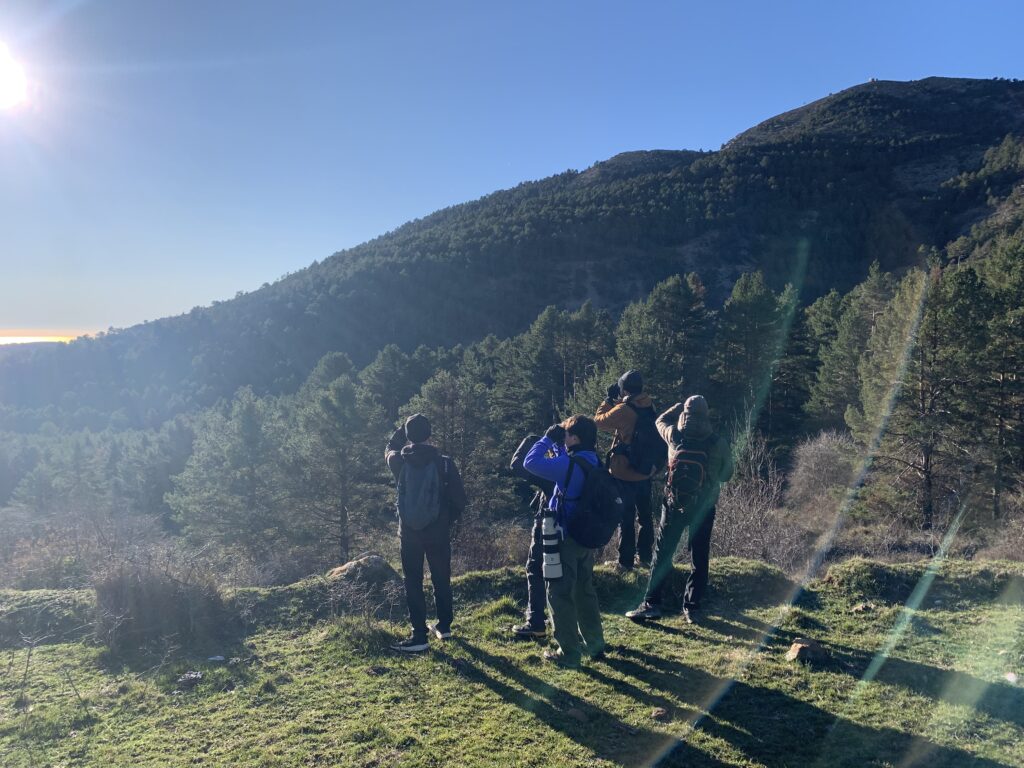
On 7th Dec I visited Serra d’Aitana, the highest peak in Alicante region (1558 m). I drove a dirt track and parked at Font de l’Arbre, an especially interesting place in the winter. Cherry croplands are surrounded by numerous berry shrubs, including hawthorns (Crataegus monogyna) and different rose species, which attract hundreds of birds.
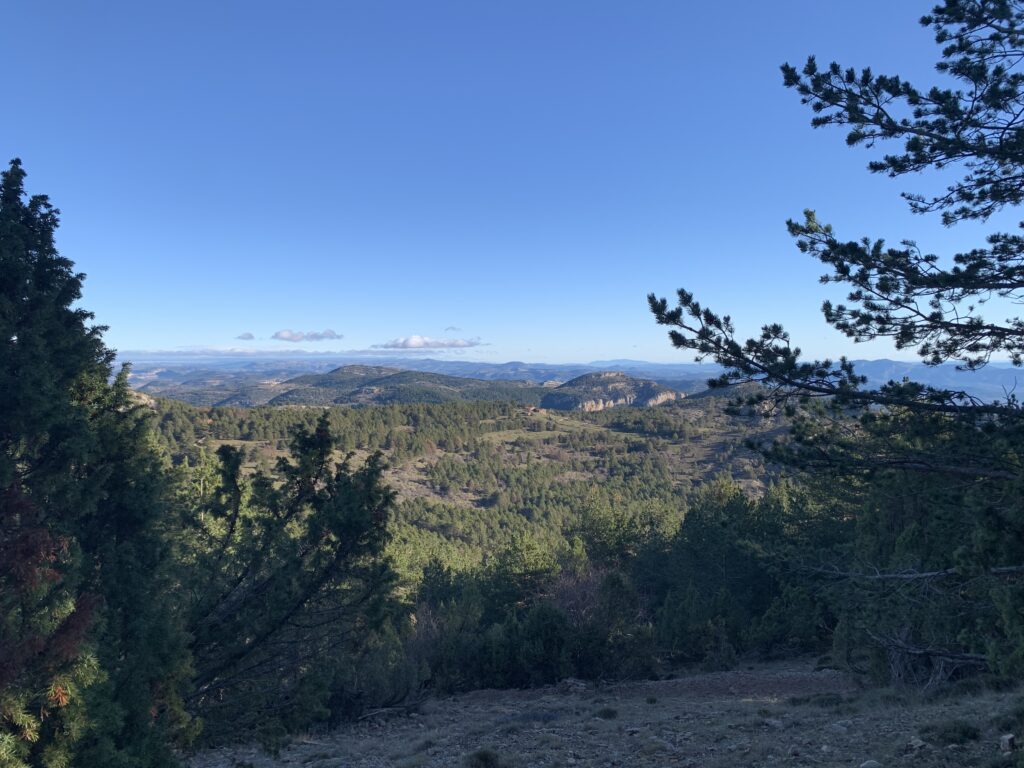
Only getting out of the car already resulted in good numbers of redwings (Turdus iliacus) and few fieldfares (Turdus pilaris) mixed with them. Several mistle thrushes (Turdus viscivorus) visited the shrubs too. A wintering specialty of Aitana is the ring ouzel (Turdus torquatus), of which good numbers also flew in different directions. I only rarely see these species in such numbers and mixed together, so their shapes, sizes, and especially calls become very useful to tell them apart in the morning sun.
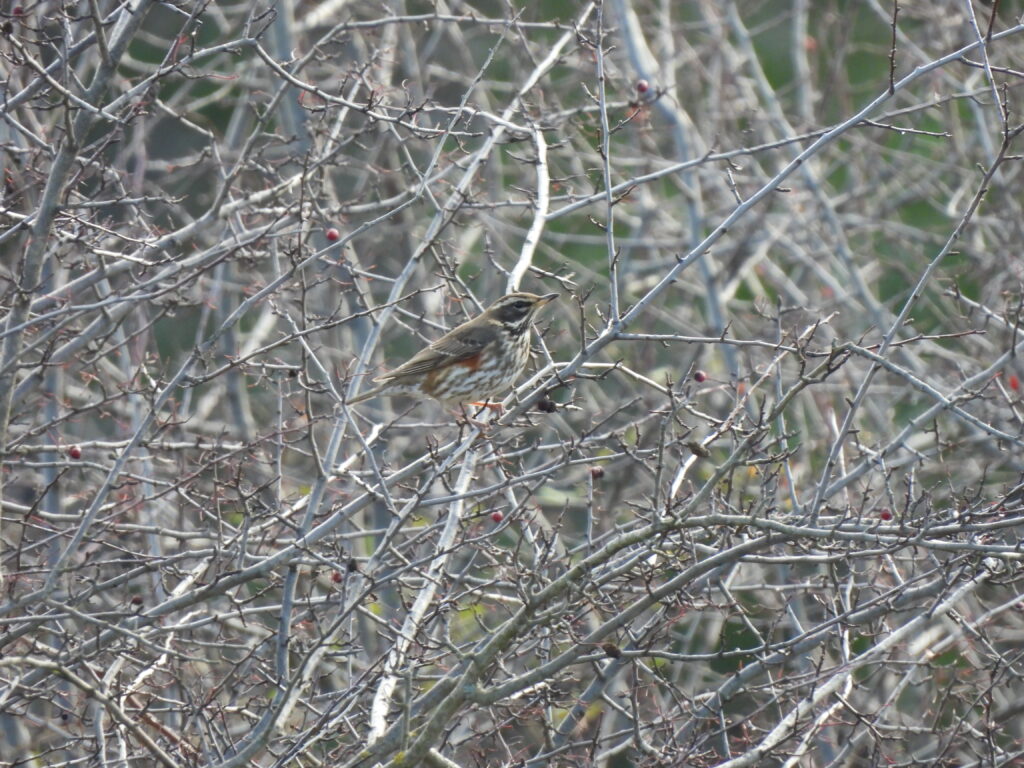
Thrushes were not the only birds in the hawthorns. Flocks of cirl buntings (Emberiza cirlus), chaffinches (Fringilla coelebs), long-tailed tits (Aegithalos caudatus), and great tits (Parus major) also foraged in the shrubs. Red crossbills (Loxia curvirostra) called as they flew over, too.
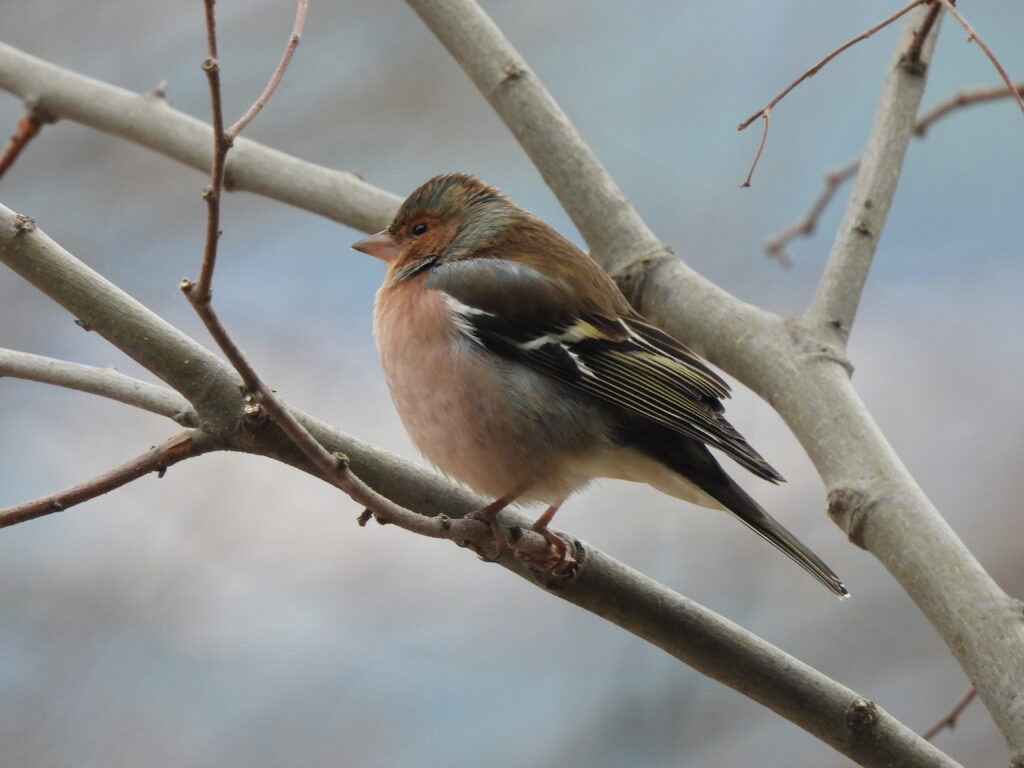
I walked up into the Austrian pine (Pinus nigra) forest towards Font de Forata, where I connected with several mixed-species foraging flocks. My target here obliged — several goldcrests (Regulus regulus) foraged along with short-toed treecreepers (Certhia brachydactyla), blue tits (Cyanistes caeruleus), and coal tits (Periparus ater). Goldcrests are scarce winter visitors in Alicante region but this seems to be a good year for the species, and this forest patch is a relatively regular wintering location for the species.
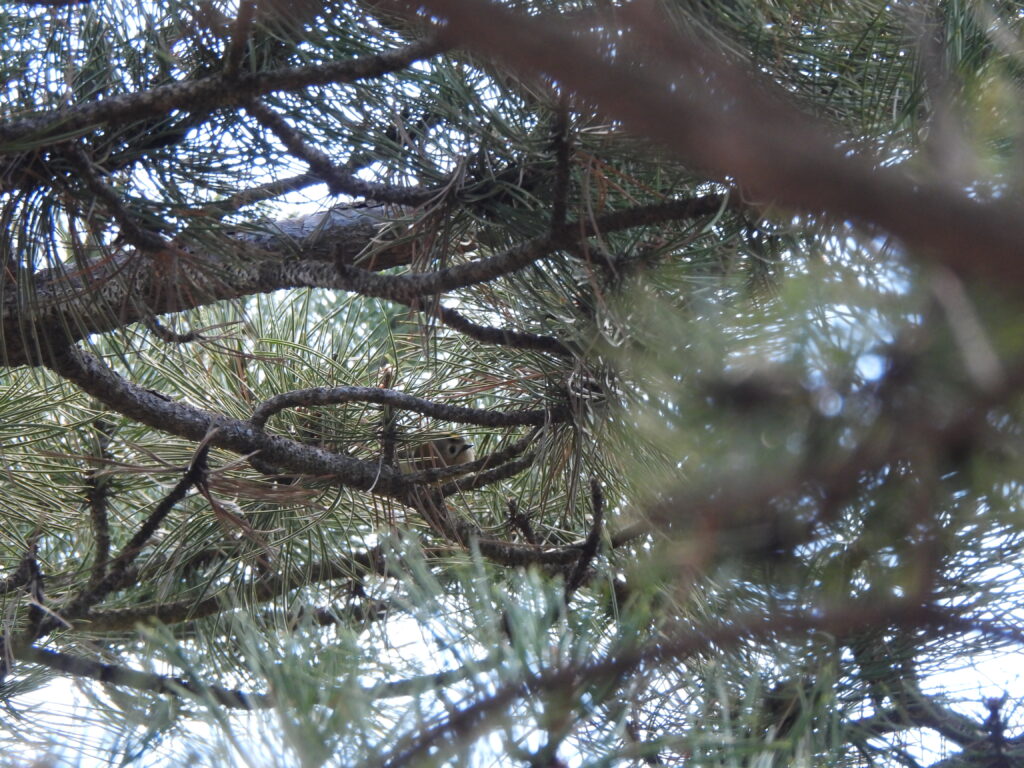
I bumped into Jorge Boronat and we walked up Font de Forata and then back down to Font de l’Arbre chatting. We did not encounter many birds besides several flyby Eurasian griffons (Gyps fulvus). Down by Font de l’Arbre, we relocated the big flocks of thrushes, and approached some puddles where ring ouzels and redwings drank.
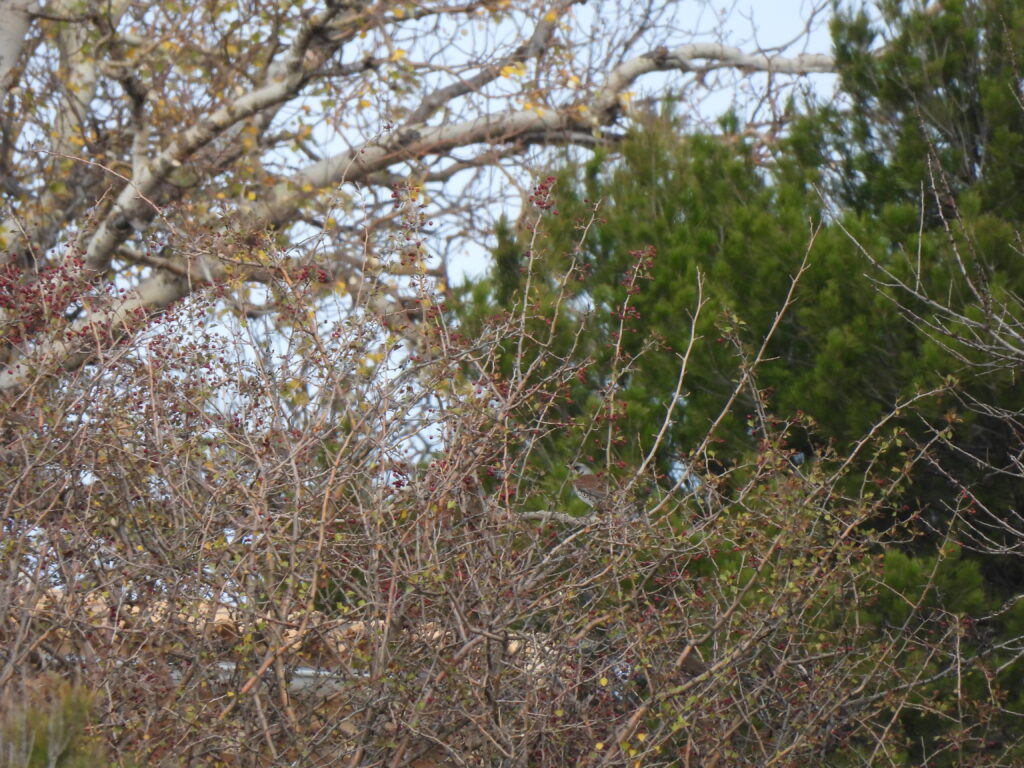
Jorge left and I stayed there for a while, getting some nice views of all the species of thrushes in Alicante sharing some shrubs: song thrush (Turdus philomelos), mistle thrush, blackbird (Turdus merula), redwing, ring ouzel, and fieldfare. The two last species are incredibly localized in Alicante region as wintering visitors, so visiting Aitana pays off. A true winter wonder.

As I walked back to the car and before leaving, one of the local golden eagles (Aquila chrysaetos) flew by and provided great views while patroling the area. All the thrushes seemed quite wary, standing still quietly in their bushes until the threat left the area.
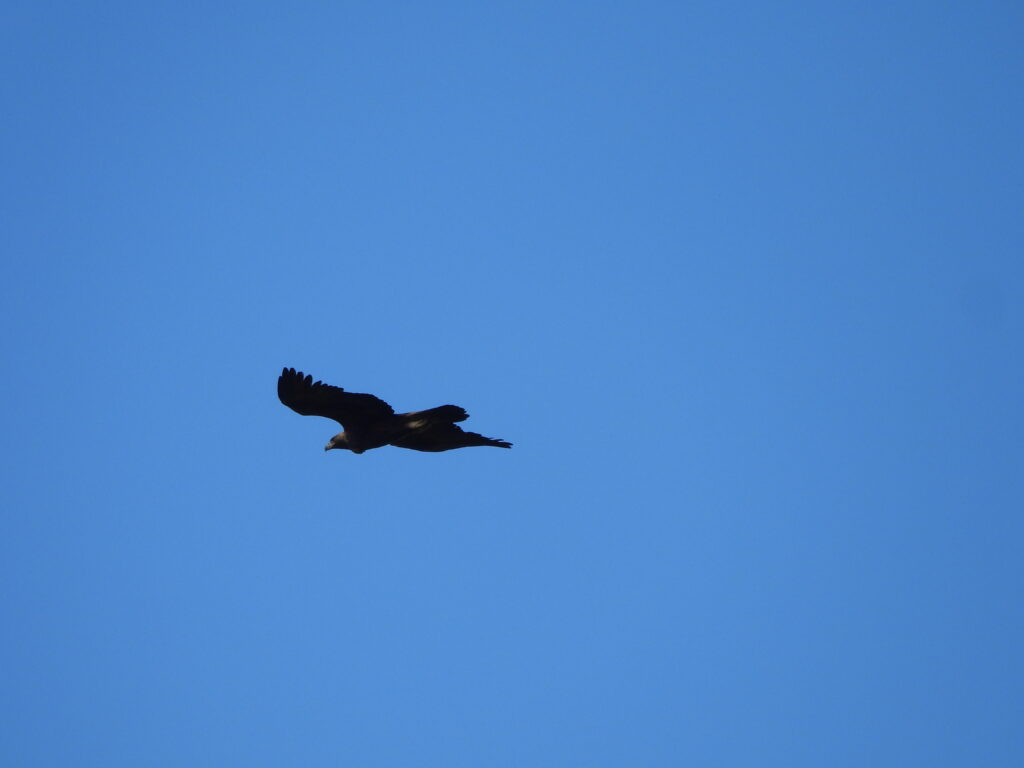
Some days later, on 15th Dec, I found myself in Valencia after a trip. Because the distance is not too large, I joined Guillem de los Santos, Martín Rey, Berto Gil, Darío Gijón, and Luis Albero and visited Penyagolosa. Being the highest peak in Castellón region and the second-highest in the Valencian Community (1813 m), I have long been eager to visiting this place. And we all had several winter targets in mind that are rarely recorded and had not been seen in the region yet this season.
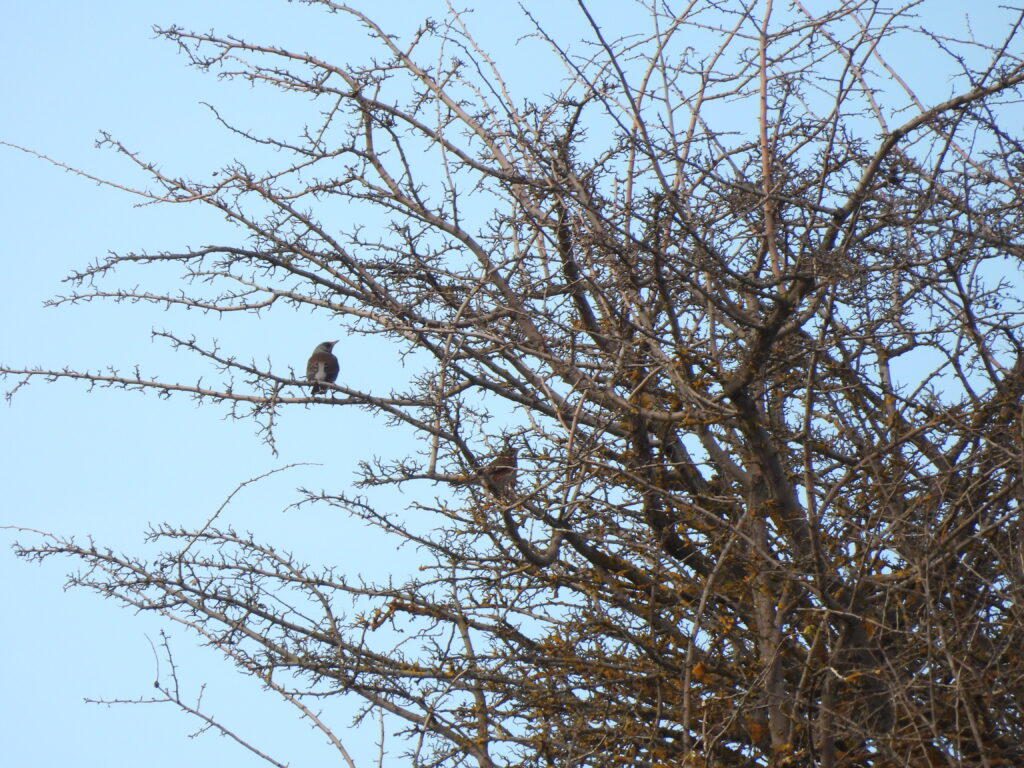
The route is quite enjoyable and crosses a Scots pine (Pinus sylvestris) forest. We managed to connect with several mistle thrushes, as well as goldcrests mixed with coal tits and firecrests (Regulus ignicapilla).
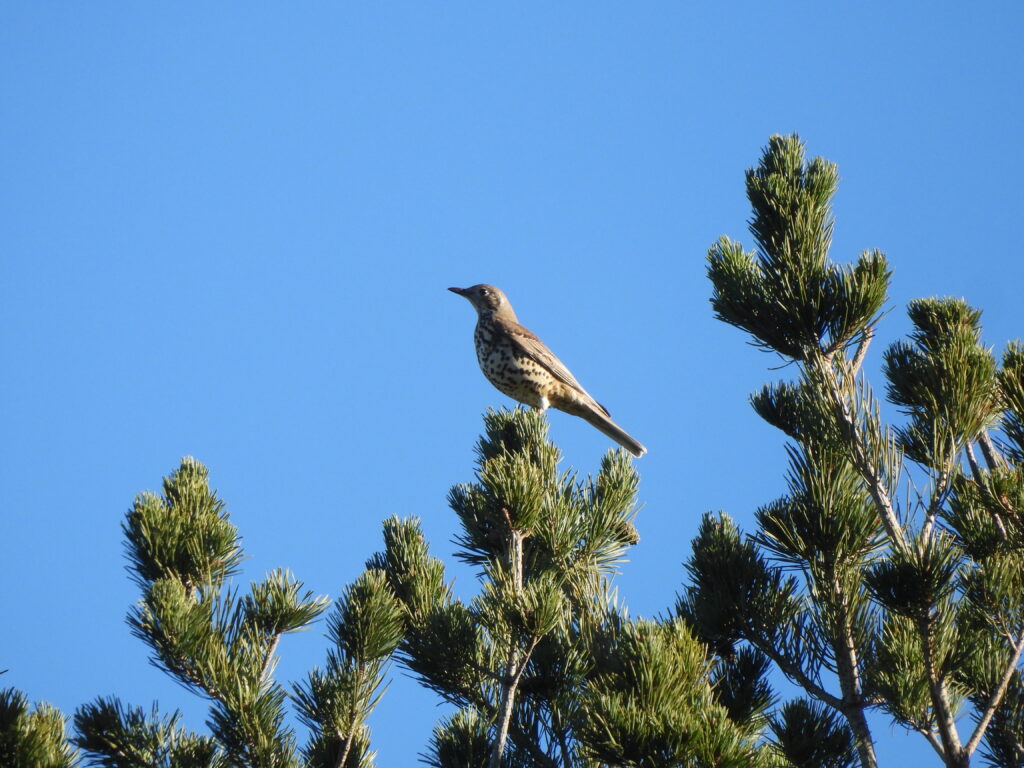
Despite these birds seen on route, the star of this forest was the Eurasian nuthatch (Sitta europaea). There are a couple of historical records in Alicante region but this species is unfortunately absent from the forests of Aitana and all other mountains in the area. It is a pleasure to connect with this species here, relatively close to home.

The route became more demanding when a certain height was reached. After a steep ascent, we reached the barren top where freezing winds blew strongly. Alpine accentors (Prunella collaris) obliged and walked between our feet as we had some breakfast, sheltered from the wind behind some rocks.
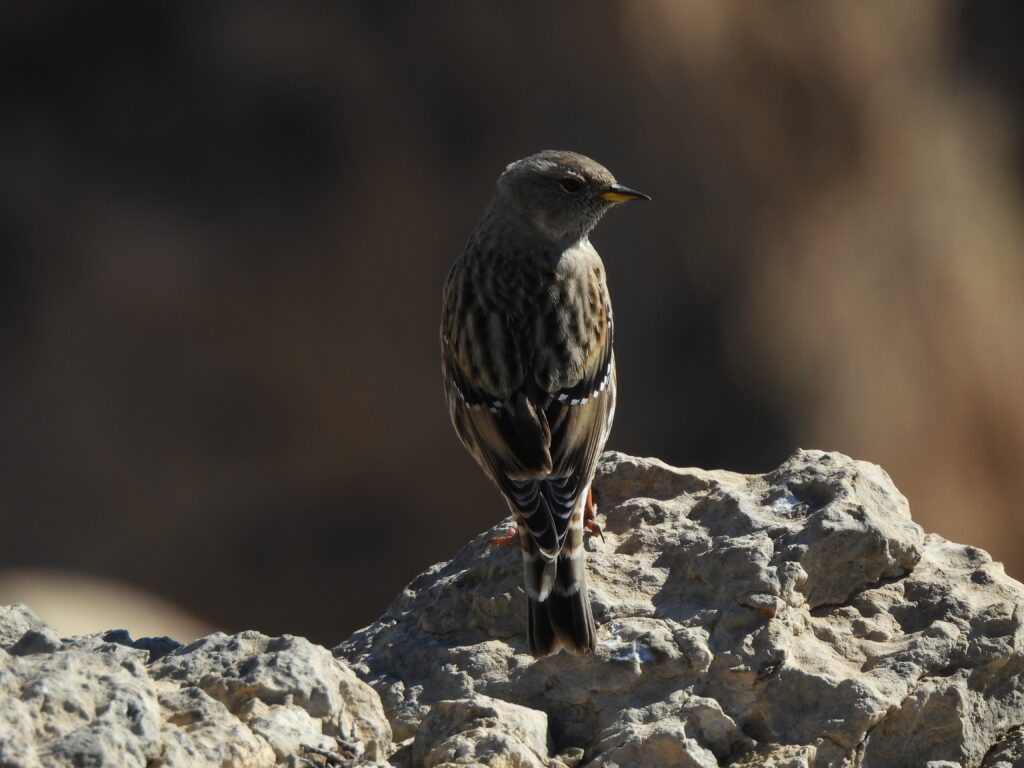
Berto spotted two distant birds in the mountain top which ended up being our top target, and perhaps the most unexpected. Two white-winged snowfinches (Montifringilla nivalis) foraged in the distance, flying every now and then. These birds suppose an interesting sight, as this species is only rarely recorded in the Valencian Community — some birds stayed at Penyagolosa three winters ago, and there was a bird at Columbretes Islands during our visit, but most years end up with no records whatsoever.
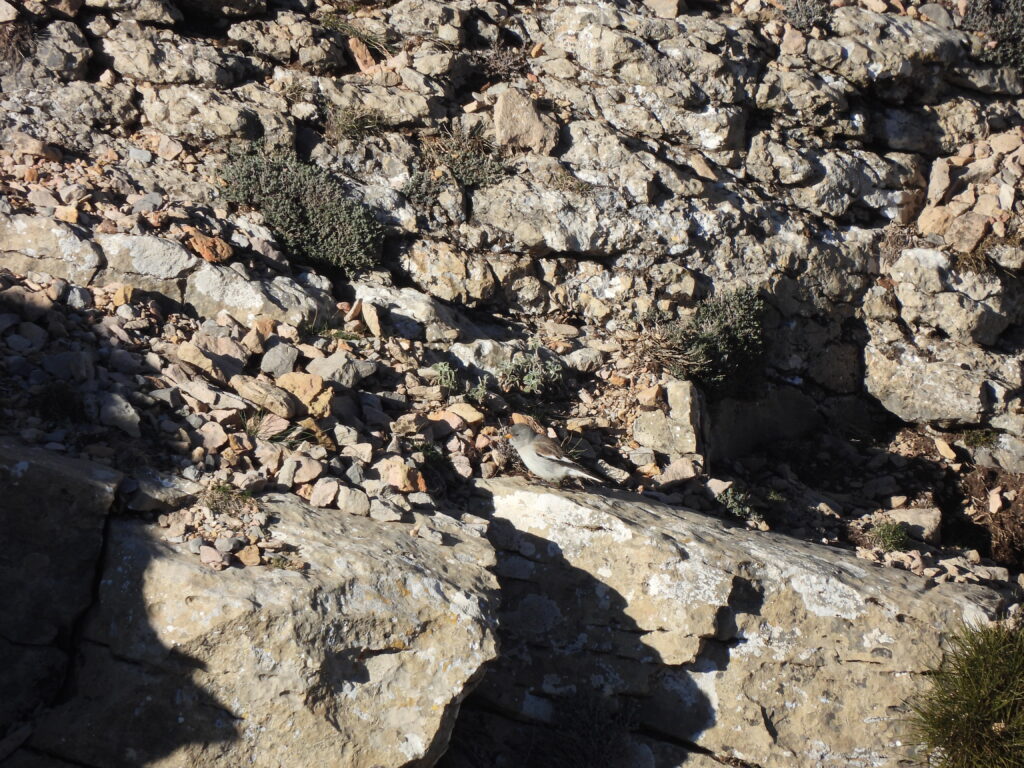
On our walk down, we finally managed to connect with a long-awaited bird for me. Martín and Luis had spotted some individuals throughout the route, but just before leaving, a couple of birds made us stop. A male citril finch (Carduelis citrinella) sat in an open twig, ‘shinning as the sun’ as Guillem said. More regular than the last species but poorly known in the region, I had not seen this species in many years, so it was great to connect with this smart male and enjoy close-up views.
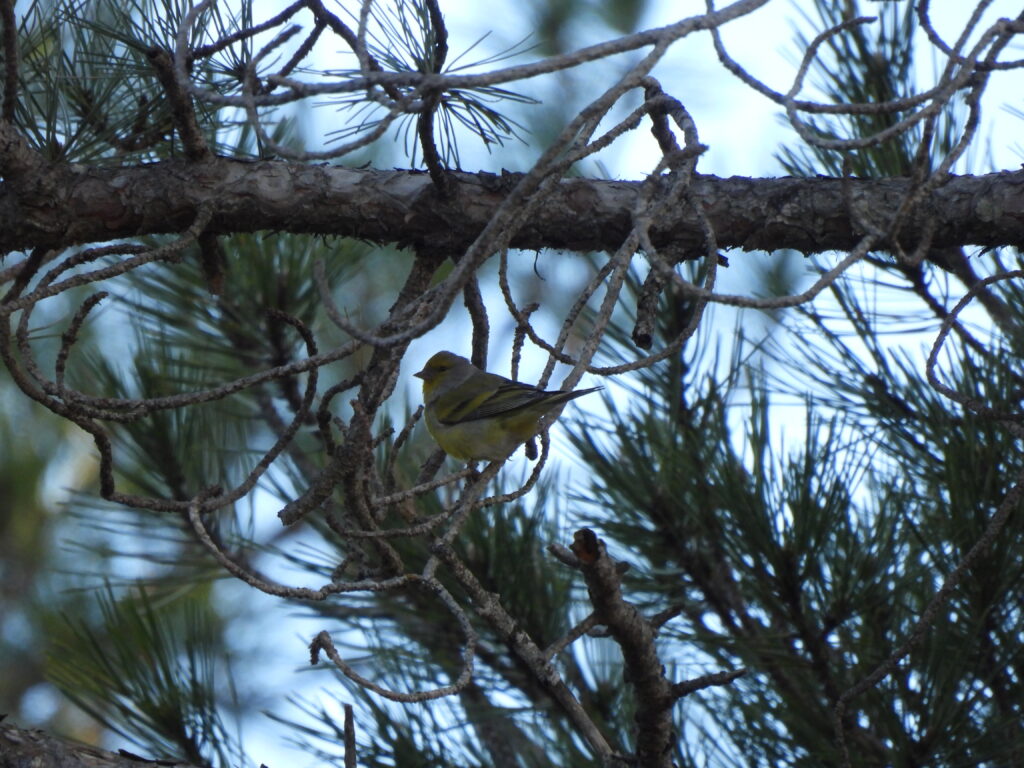
Aitana ended up being more positive for thrush species than Penyagolosa, as the abundance of hawthorns and other berries attract these species and encourage them to stay over winter. This has made Aitana the most reliable place to see some of these species. However, Penyagolosa reaches higher altitudes and has big extensions of native Scots pine forests, which are home to interesting species. While both white-winged snowfinch and citril finch have been seen in Aitana on few occasions, the Eurasian nuthatch is absent in the area, for instance. In any case, the mountain is a great place to go birdwatching on these winter days.

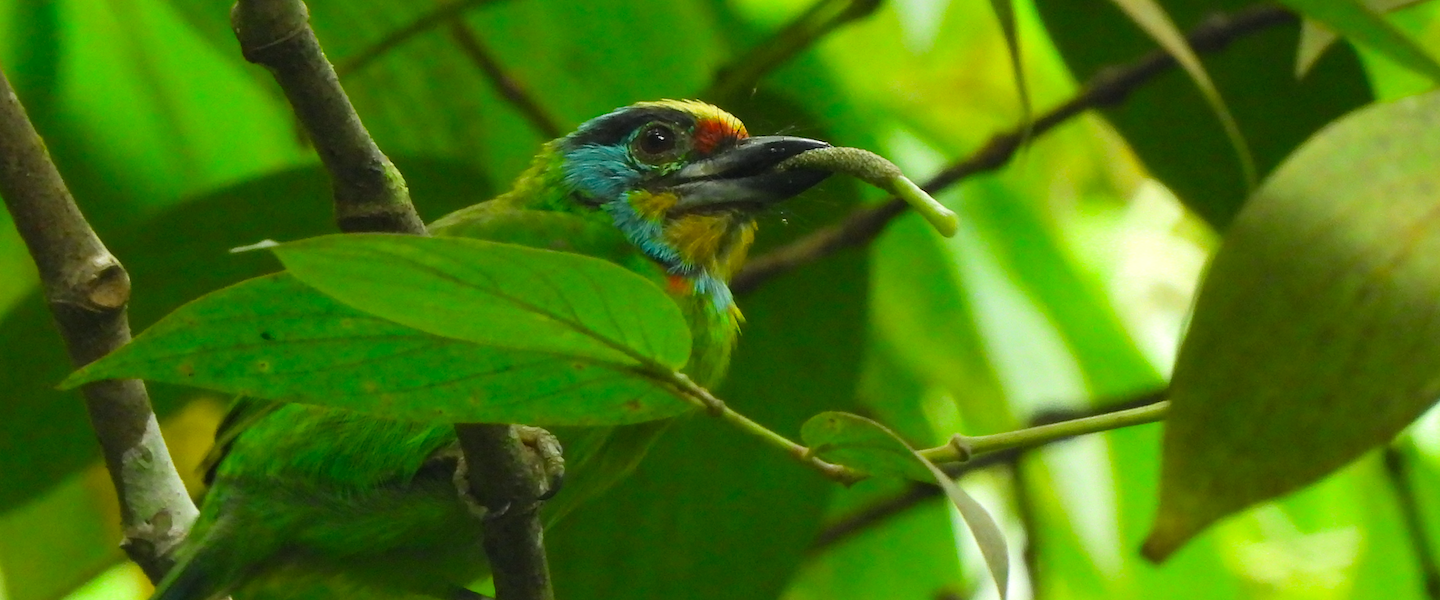



Comments are closed